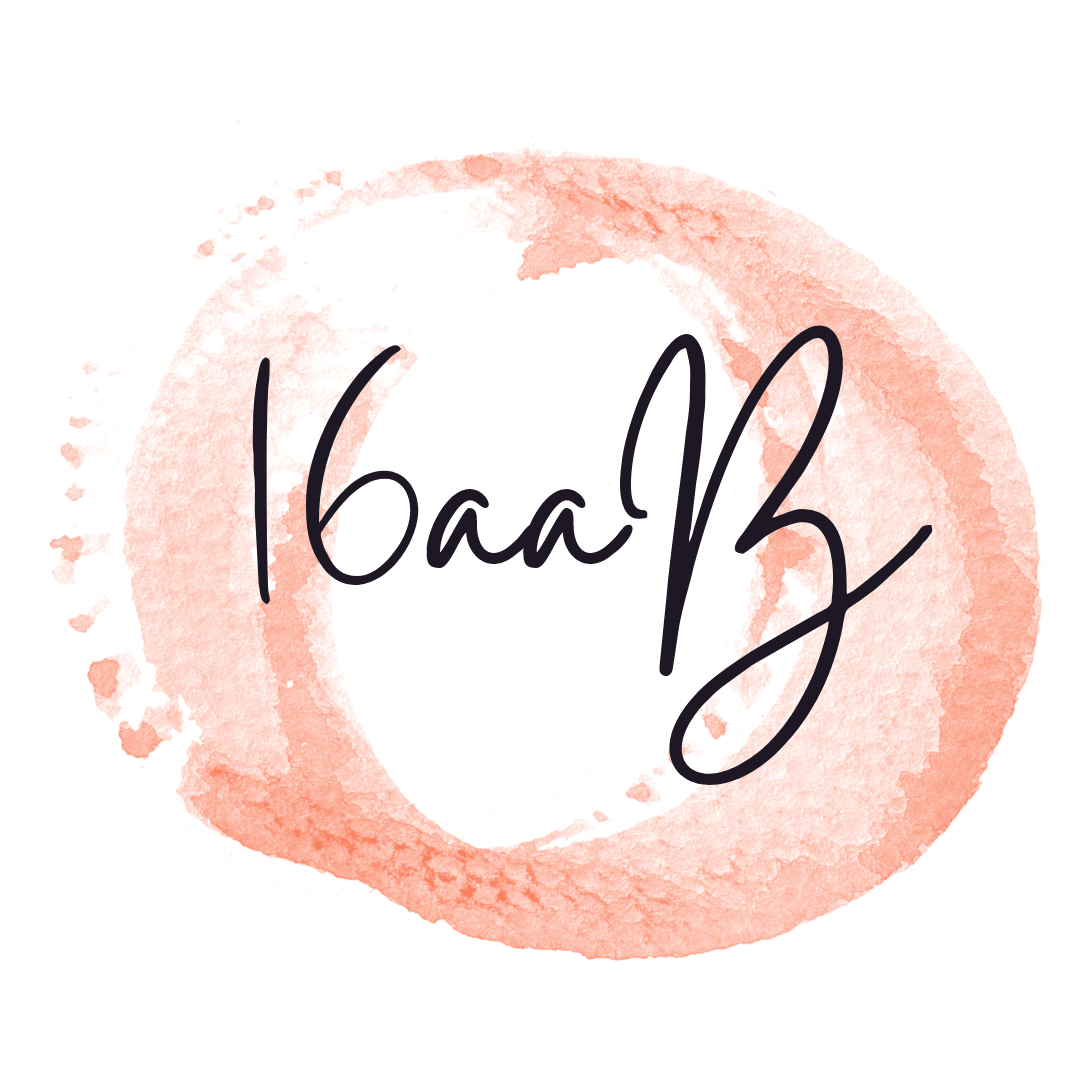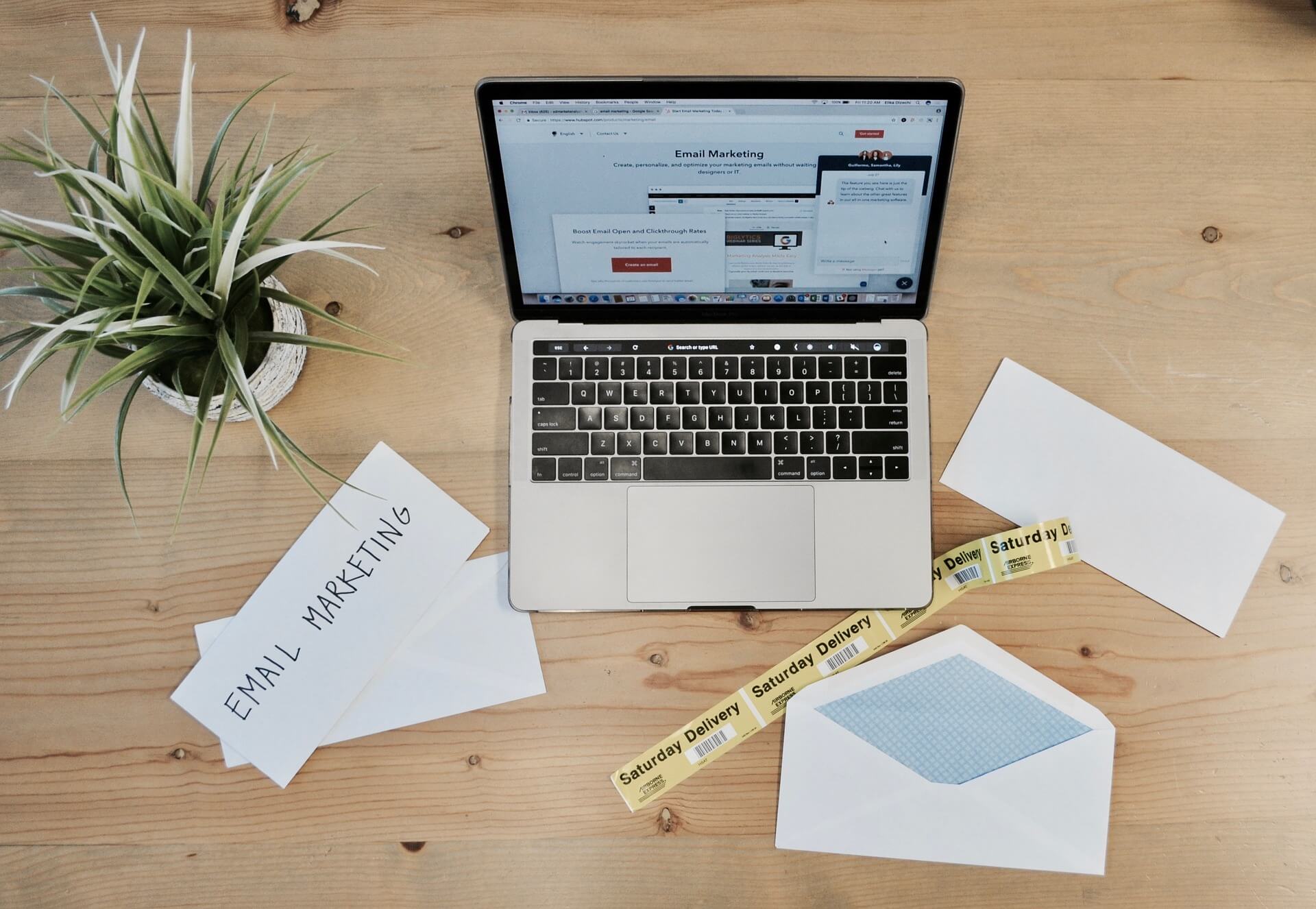Outsourcing can help you scale your business. This is true for so many parts of your business, including your marketing and graphic design. But if you’ve never worked with a designer, it can be a bit overwhelming. In this post, we’re going to share 10 tips for how to outsource graphic design.
1. Understand the difference between a graphic designer and a graphic design company
A freelance graphic designer is an individual who works on a project-to-project basis. They are usually self-employed and work with multiple clients at once. Freelancers are often a more affordable option, and you can find them on various online platforms like Upwork, Freelancer, and Fiverr.
A graphic design company is a business with a team of designers that offers a range of design services. They can take on projects of any size and often have a more extensive portfolio than a freelancer. Design companies can be more expensive, but they also offer more capabilities and resources.
2. Look for a graphic design company with a diverse portfolio
When you’re looking for a graphic design company to work with, it’s important to take a close look at their portfolio. A company’s portfolio can give you a good sense of their design style and the quality of their work.
But don’t just look at the design work itself. Pay attention to the types of businesses and industries the company has worked with. A graphic design company with a diverse portfolio will be able to bring a fresh perspective to your project, and they’ll be more likely to understand your target audience.
On the other hand, a company that only has experience working with one type of business may not be the best fit for your project.
3. Ask for references
An agency’s website and social media profiles may look great, but that’s only part of the picture. You also want to know what it’s like to work with them.
That’s why it’s important to ask for references from past clients. This will give you an idea of what it’s like to work with the agency, how they handle communication, and what their strengths and weaknesses are.
If an agency is hesitant to provide references, that’s a red flag. A reputable agency will be more than happy to put you in touch with some of their past and current clients.
4. Gauge the graphic design company’s level of expertise
You should also gauge the graphic design company’s level of expertise. This will help you figure out if they have the experience and skills needed to help you achieve your goals.
To determine their level of expertise, start by checking out their portfolio, case studies, and reviews. This will give you a good sense of the type of work they’ve done in the past and the results they’ve been able to achieve for clients.
You should also take the time to ask the graphic design company about their team’s experience and qualifications. Find out how long they’ve been in business, what types of clients they’ve worked with, and what types of projects they specialize in.
The more you can learn about the graphic design company’s level of expertise, the better equipped you’ll be to make an informed decision about whether or not they’re the right fit for your project.
5. Make sure the graphic design company understands your business
Every business is different, and the graphic design needs of a business will vary based on its industry, size, target audience, and goals. Make sure that the graphic design company you choose takes the time to understand your business and what you are looking to achieve with your design projects. This will help ensure that they are able to deliver the best possible results for your business.
Ask questions about the company’s experience working with businesses similar to yours, and make sure they are able to provide examples of their work. You should also ask about the design process and how they will gather the information they need to create a design that meets your needs and expectations. Additionally, using tools like LambdaTest can be a helpful way to verify that the designs function seamlessly across different devices and browsers, ensuring consistency and quality in the user experience.
6. Watch out for hidden costs
When you’re budgeting for your project, make sure you know exactly what’s included in your costs. If you don’t, you could be in for a nasty surprise when you get the bill.
Some common hidden costs include:
• Overtime. If your project takes longer than expected, you could be charged extra for the time.
• Revisions. Some designers will include a certain number of revisions in the cost of the project, but if you need more, you could be charged extra.
• Stock images. If your project requires stock images, make sure you know who is responsible for purchasing them.
• Rush fees. If you need your project completed in a hurry, you may be charged extra for the quick turnaround.
• Taxes and fees. Make sure you know what taxes and fees are included in the cost of your project.
7. Don’t rely solely on social media
Social media is a great place to start when looking for a graphic designer to outsource your work to. But don’t rely solely on social media to find the perfect fit.
You may also want to explore platforms and tools like Shopify referral apps, which can help you discover designers and professionals recommended by other business owners.
You can also look at job boards and online marketplaces to find a graphic designer. These platforms make it easy to find and hire experienced professionals for your project.
You can also check out the portfolio of a graphic designer you’re considering. A portfolio is a great way to see the quality of their work and get a sense of their style.
8. Get a detailed contract
Contracts are essential when working with freelancers. They outline the terms of the project and protect both parties involved.
A good contract should include the scope of the project, the timeline, the cost, and the payment schedule. It should also include information about what happens if the project is delayed or canceled, and what happens if there are any disputes.
Having a detailed contract in place will help to ensure that everyone is on the same page and that the project runs smoothly.
9. Make sure you have the rights to the final design
In most cases, when you hire a graphic designer to create a custom design for you, you will have the rights to the design. However, it’s still important to make sure that you have a written agreement with the designer that spells out who owns the design.
If you don’t have a written agreement, the designer could argue that they own the design and that you are using it without their permission. This could lead to a legal dispute, which can be costly and time-consuming.
To avoid this, make sure that you have a written agreement that spells out who owns the rights to the design. If you are working with a design agency, they should provide you with a standard contract that outlines the terms of the project. If you are working with a freelancer, you may need to create your own contract.
10. Don’t expect the graphic design company to work for free
Lastly, don’t expect the graphic design company to work for free. We get it, you’re a business owner and you want to save money wherever you can. However, asking for free work is not only rude, it’s also bad business.
Graphic designers are professionals who have spent years honing their craft. They deserve to be compensated for their time and expertise. If you want to get the best results from your graphic design project, be prepared to pay a fair price for the work.
You can always ask the graphic design company if they offer any discounts or payment plans. You may be able to find a way to make the project fit within your budget without asking for free work.
Conclusion
Outsourcing graphic design can be a great way to free up time and resources for more important work. It’s a great option for small businesses, bloggers, and entrepreneurs. We hope these tips have helped you learn how to outsource graphic design and get a little closer to your goals.

